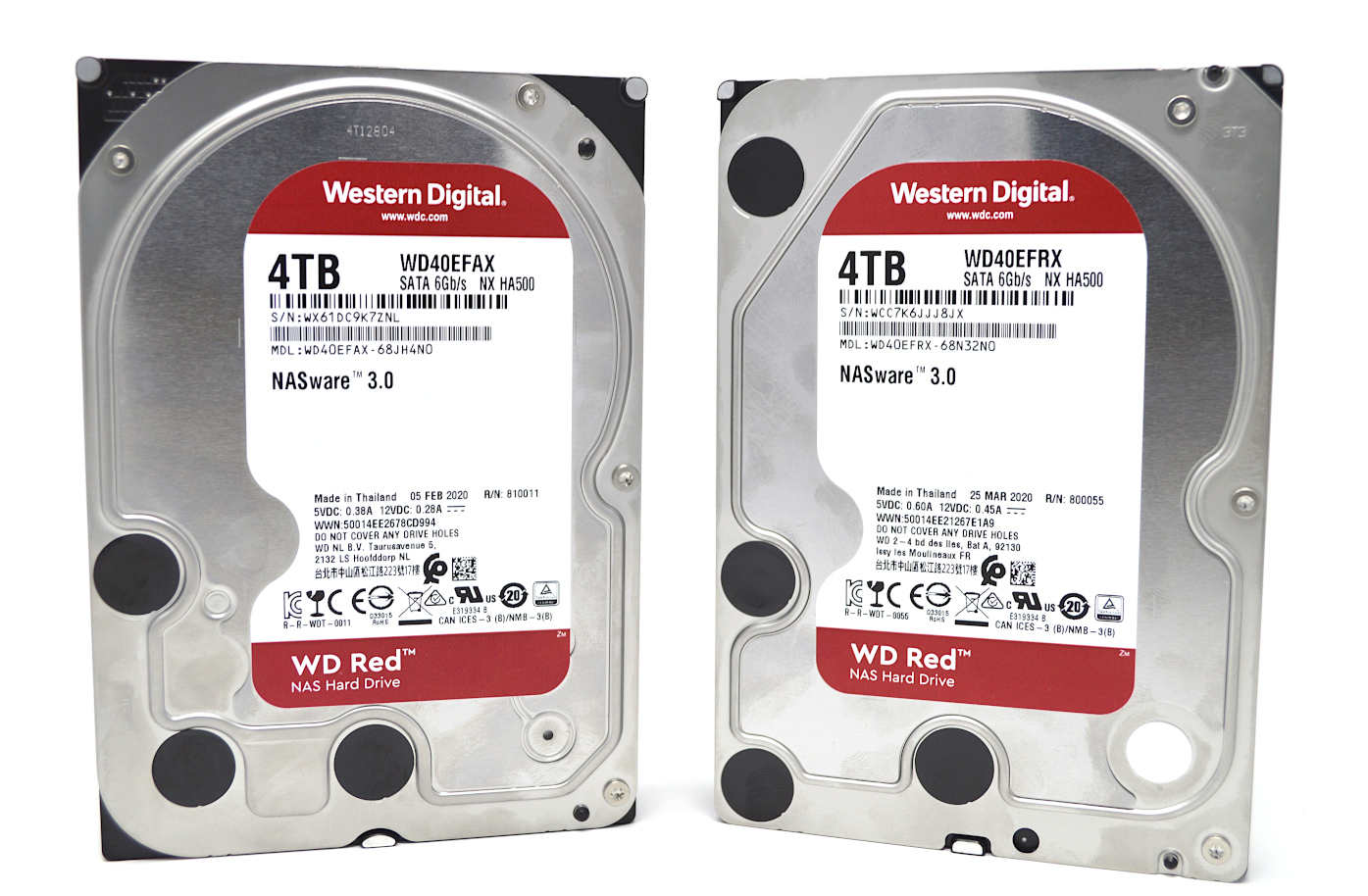Decadent_Spectre
Forerunner
If it were me and it was in warranty I'd RMA the drive.
I don't have any external drives but I have always bought WD. I have some 30 internals right now, out of which 8-9 (lying outside) or so were having or were about to have issues (very old drives, about 4-6 years or more), at least one of them had the clicking noise issue, they were all out of warranty by the time they had issues or issues were about to develop, hence I could not RMA them. I transferred the data and took it out of the computer. I have 20 internals in the computer right now and none have issues (age between 1 year and 5-6 years). The PC is on 24/7. Of note in the past 10 years or so I have only ever lost data on 1 drive, in that time I have gone through more than 50 drives with (as noted) about 30 still with me. One drive is currently in RMA. You can asses yourself if this constitutes good/bad quality. For me since I've only lost data once in a decade given the number of drives I go through and they typically give up after warranty period, I like WD.
Just know that they WILL fail eventually, all of them, from any company.
I don't have any external drives but I have always bought WD. I have some 30 internals right now, out of which 8-9 (lying outside) or so were having or were about to have issues (very old drives, about 4-6 years or more), at least one of them had the clicking noise issue, they were all out of warranty by the time they had issues or issues were about to develop, hence I could not RMA them. I transferred the data and took it out of the computer. I have 20 internals in the computer right now and none have issues (age between 1 year and 5-6 years). The PC is on 24/7. Of note in the past 10 years or so I have only ever lost data on 1 drive, in that time I have gone through more than 50 drives with (as noted) about 30 still with me. One drive is currently in RMA. You can asses yourself if this constitutes good/bad quality. For me since I've only lost data once in a decade given the number of drives I go through and they typically give up after warranty period, I like WD.
Just know that they WILL fail eventually, all of them, from any company.





